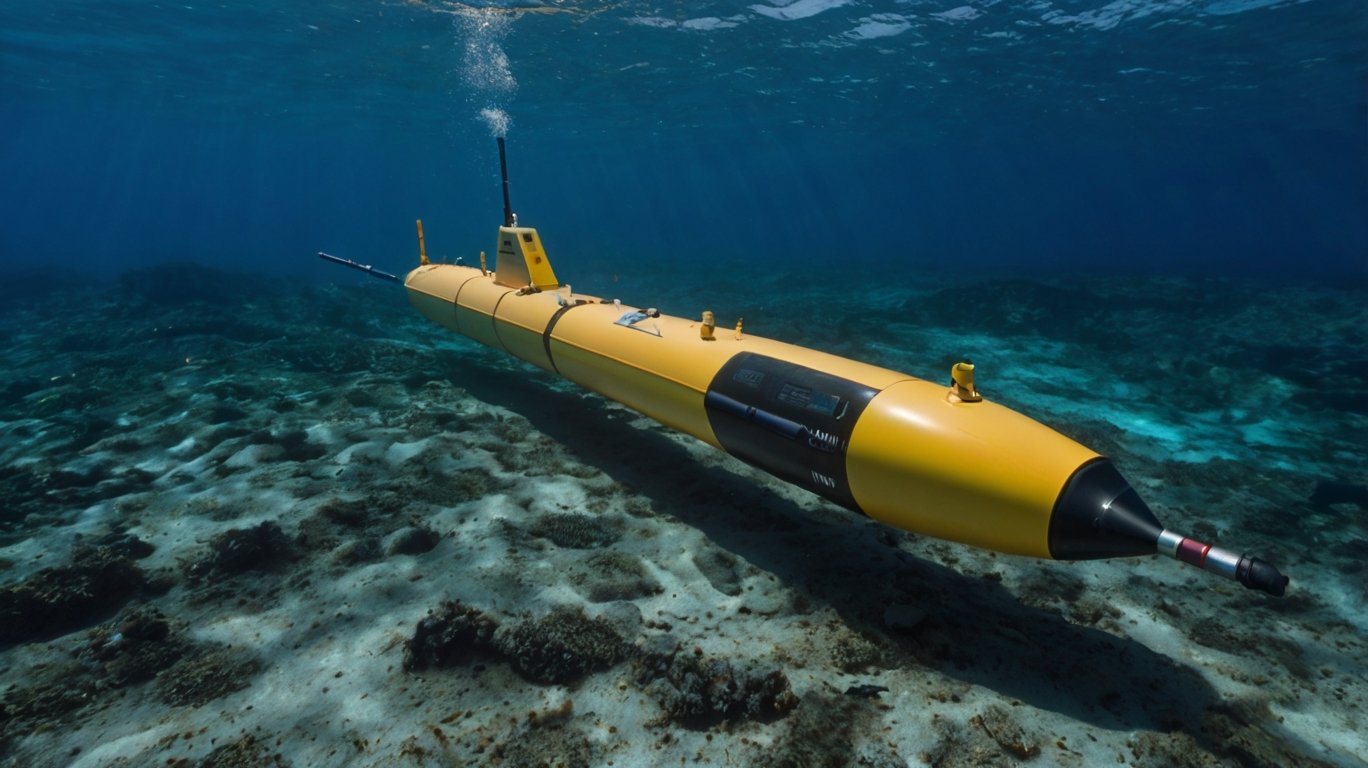Next-Gen Subsea Engineering: From 3 000 m AUVs to Smart Flexible Risers
Imagine this scenario: a lone autonomous underwater vehicle (AUV) gliding three kilometres beneath the Atlantic, mapping a pipeline corridor in the time it once took a survey vessel to steam to location. Minutes later, a “smart” flexible riser—embedded with fibre-optic nerves—phones home to warn that its inner tensile wires are corroding faster than expected. These are not scenes from a sci-fi trailer; they are the emerging realities of next-generation subsea engineering now rolling off drawing boards and into Nigerian waters.
—
- AUVs: the 3 000-metre workhorses
Traditional deep-water campaigns relied on dynamically-positioned (DP) survey ships towing bulky sonar arrays. Today’s work-class AUVs—like the proven 3 000 m-rated *ECA Alistar* family or the new *HUGIN Superior*—pack multibeam echosounders, side-scan sonar, sub-bottom profilers and even methane sensors into a torpedo-shaped hull no longer than a family car.
Key advantages:
– Speed & stealth: AUVs run pre-programmed grids at 6 knots, cutting survey times by 70 %.
– Resolution: centimetre-scale point clouds reveal pipeline freespans that ROVs once missed.
– Cost: removing the surface vessel slashes daily OPEX by up to 60 %.
In Nigerian deep-water blocks, operators are pairing AUVs with cloud-based digital twins; survey data uploads automatically each time the vehicle docks, refreshing the field model within hours instead of weeks.
—
- Smart flexible risers: metal muscles with optic nerves
Flexible risers are the steel-and-polymer lifelines that connect FPSOs to subsea wells. Their Achilles heel is flooded annulus—seawater that sneaks past the outer sheath and corrodes the steel armour wires. Until recently, detecting this required pulling the riser for inspection—a multi-million-dollar gamble.
Now, smart risers weave optical fibres or micro-electro-mechanical (MEMS) sensors into the outer carcass.
– Real-time strain: fibres measure micro-strain 50× per second, flagging kinks or over-bending.
– Temperature mapping: hot spots reveal internal flow assurance issues or insulation failure.
– Corrosion forecasting: algorithms compare live data to historical baselines, predicting failure months in advance.
TSC Subsea’s ARTEMIS crawler complements the fibres with electromagnetic scans that detect individual wire breaks—even through thick insulation layers—without retrieving the riser. Early adopters report 30 % lower inspection costs and double the remaining asset life.
—
- Robotics & AI: closing the intervention loop
AUVs gather data; AI analytics turn it into action. Machine-learning models now forecast riser fatigue life by crunching wave spectra, FPSO drift and production surges.
Next step: autonomous intervention robots. Statoil’s next-gen “Swimmer” AUV is designed to dock on subsea trees, swap hydraulic couplers and perform choke maintenance—all without a surface vessel. Prototype trials show a ten-fold reduction in vessel days compared with conventional ROV campaigns.
—
- Hybrid power & lightweight composites
Powering 3 000 m vehicles for days used to mean bulky lithium packs. Solid-state batteries and fuel-cell AUVs promise 50 % longer endurance at half the weight. Meanwhile, carbon-fibre pressure hulls and titanium flex joints shave kilograms off every metre of riser, lowering topside loads and extending FPSO service life.
—
- Nigerian content: local crews, global impact
Subsea engineering is no longer an expatriate enclave. Penchin Group’s new Subsea Academy trains Nigerian ROV pilots, AUV programmers and fibre-optic technicians to IMO and IMCA standards. Recent projects on Otumara Field achieved 46 % Nigerian content—proof that cutting-edge tech and local empowerment can coexist.
—
The road ahead
By 2030, expect:
– Fully autonomous riser farms monitored by resident AUVs.
– Self-healing polymer layers that seal micro-cracks automatically.
– Hybrid FPSOs powering AUVs with offshore wind, slashing CO₂ footprints.
For IOCs, independents and marginal-field players alike, the message is clear: embrace next-gen subsea engineering or watch reserves stay stranded beneath 3 000 m of opportunity.
—
*Ready to integrate these technologies into your field development?*
Contact Penchin’s Subsea Support Division

